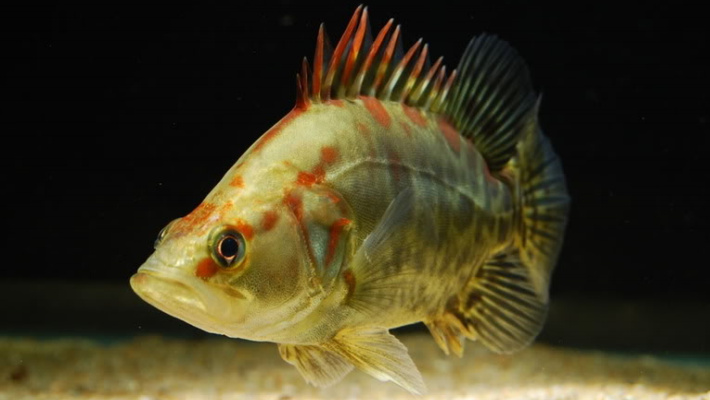The family
of duckweeds, Lemnaceae, is represented by small floating plants, icluding the smallest flowering plants in the world (Les et al., 2002).
Duckweeds grow preferentially in still or slow moving fresh water around
the globe, except the coldest regions. These plants are high-protein (e.g., Culley et al., 1981; Iqbal, 1999) and inhabited by numerous invertebtrates (macrozoophytos). In particlular, Lemna is one of the
best known groups in this family that has been the subject of much research. In the European region, duckweeds include chiefly the following widespread species:
Lemna gibba, gibbous or fat duckweed
Lemna minor, lesser duckweed
Lemna trisulca, ivy-leaved or star duckweed
Lemna turionifera, turion duckweed
Spirodela polyrhiza, greater duckweed or duckmeal
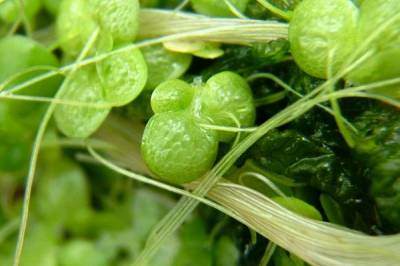
Lemna gibba, gibbous or fat duckweed
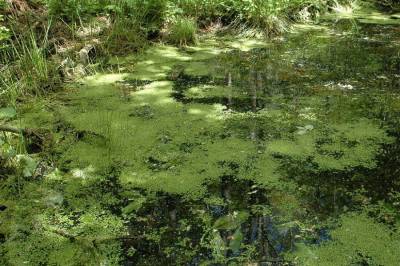
Lemna minor, lesser duckweed
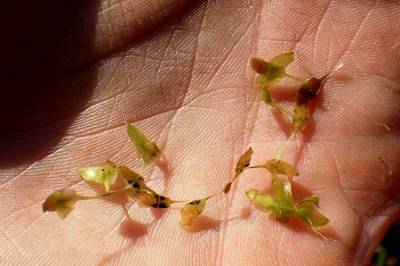
Lemna trisulca, ivy-leaved duckweed

Lemna turionifera, turion duckweed
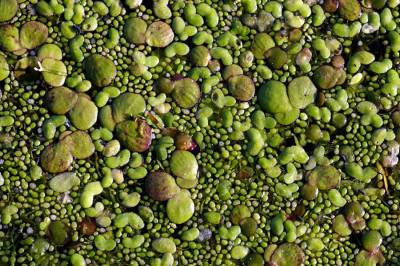
Spirodela polyrhiza (large), Lemna minor (medium), Wolffia arrhiza (small)
According to Kargapol’tseva & Vasiljeva's data (2011), macrozoophytos organisms, associated with duckweeds, are represented by more than 100 types of aquatic invertebrates. On the diversity, Arthropoda (59% of general number) are most abundant, including 57 species of Insecta. Interestingly, crustaceans are only represented by one species, Acellus aquaticus (Isopoda). Mollusca occupy the second place (30% of general number of species), including Gastropoda (17 species) and Pulmonata (15 species). Among molluscs, water snail, Anisus vortex, is dominant on the density and biomass almost in all studied duckweed localities (Kargapol’tseva & Vasiljeva, 2011).
In these localities, Spirodela polyrhiza, Lemna turionifera, L. minor and L. trisulca were dominant.
Practically the same species of invertebrates associated with duckweeds were observed in other water bodies of Russian Federation (see references cited by Kargapol’tseva & Vasiljeva, 2011).
Biomass of macrozoophytos in the duckweed
consortiums is ranged from 1,4 to 31,6 gr per 1 kg of fresh plants and
determined chiefly by large invertebrates (Kargapol’tseva & Vasiljeva,
unpublished data). Such relatively large invertebrates as molluscs (Anisus
vortex, Planorbis corneus), water bugs (Ilyocoris cimicoides, Mesovelia furcata),
leeches (Erpobdella octoculata, Glossiphonia heteroclite) as well as insect larvae (Cloeon
dipterum, Oplodontha viridula) are among them. The density of invertabtes is
ranged from 420 to 1957 individuals per 1 kg of fresh plants (Kargapol’tseva
& Vasiljeva, unpublished data), depending on the duckweed localities. According to Collias & Collias'es findings for Lake Manitoba (1963), duckweed (Lemna spp.) and bladderwort (Utricularia spp.) have contained the greatest number of invertebrate food organisms. Amphipods (5581 individuals per 50 min collecting time) and snails (Lymnaea as well as Physa, 436 individuals per the same time) were most abundant. In the Louisiana cypress tupelo swamps, the average monthly number of
invertebrates in the bottom sediments (5,690 individuals per m2) was significantly
less than their number in the floating mats of duckweeds (10,508) (Sklar, 1985). Duckweeds were represented by Lemna minor, Spirodela polyrhiza, Wolffia and Wolffiella. The most ubiquitous taxa
included amphipods, oligochaetes, diptera larvae, isopods (Acellus obtusus) and fingernail
clams (Sphaerium partuneium). According to the same author (Sklar, 1985), there was significantly
greater invertebrate biomass in the bottom sediments (8.4 gr of ash free dry weight, AFDW, per m2) than
in the floating mats of duckweeds (4.2 gr AFDW per m2). Note, using mean amounts of water and ash in invertebrates, AFDW data can be expressed in fresh weight. Density of Aulophorus vagus (Naididae), the tube-constructed worms strongly associated with duckweeds, was high: up to 2369 individuals per square meter of duckweed cover (Sklar, 1985).
Linda Meyers (1982, unpublished data) have studied invertebrate communites associated with Lemna trisulca in marshes of South Dakota, the USA. Gastropoda (15-20 mgs per 1 liter) and Amphipoda (up to 12 mgr) were most abundant. Importantly, duckweeds (except rootless species, such as Wolffia arrhiza) acculmulate large amounts of detritus. According to L. Meyers (1982, the same unpublished data), biomass of detritus in the thickets of L. trisulca reached 50-120 mgr per 1 liter.
Basic References
Culley D.D. Jr, Rejmánková E., Květ J., Frye J.B.1981. Production,
chemical quality and use of duckweeds (Lemnaceae) in aquaculture, waste
management, and animal feeds. Journal of the World Aquaculture Society 12, 27-49
Iqbal S.
1999. Duckweed aquaculture. Potentials, possibilities
and limitations for
combined wastewater treatment and animal feed
production in developing countries. SANDEC
Report #6, 1999,
Department of Water & Sanitation in Developing Countries
Kargapol’tseva I.A., Vasiljeva S.S. 2011. Macrozoophytos in structure of Lemnaceae consortiums of mouth part of the river Beryozovka, town Votkinsk, the Udmurt Republic. Bulletin of the Udmurt University, Bilogical Research 1, 56-66Sklar F.H.
1985. Seasonality and community structure of the backswamp invertebrates in the Louisiana cypress-tupelo
wetland. Wetlands 5, 69-86
|








 SUBSCRIBE
SUBSCRIBE

